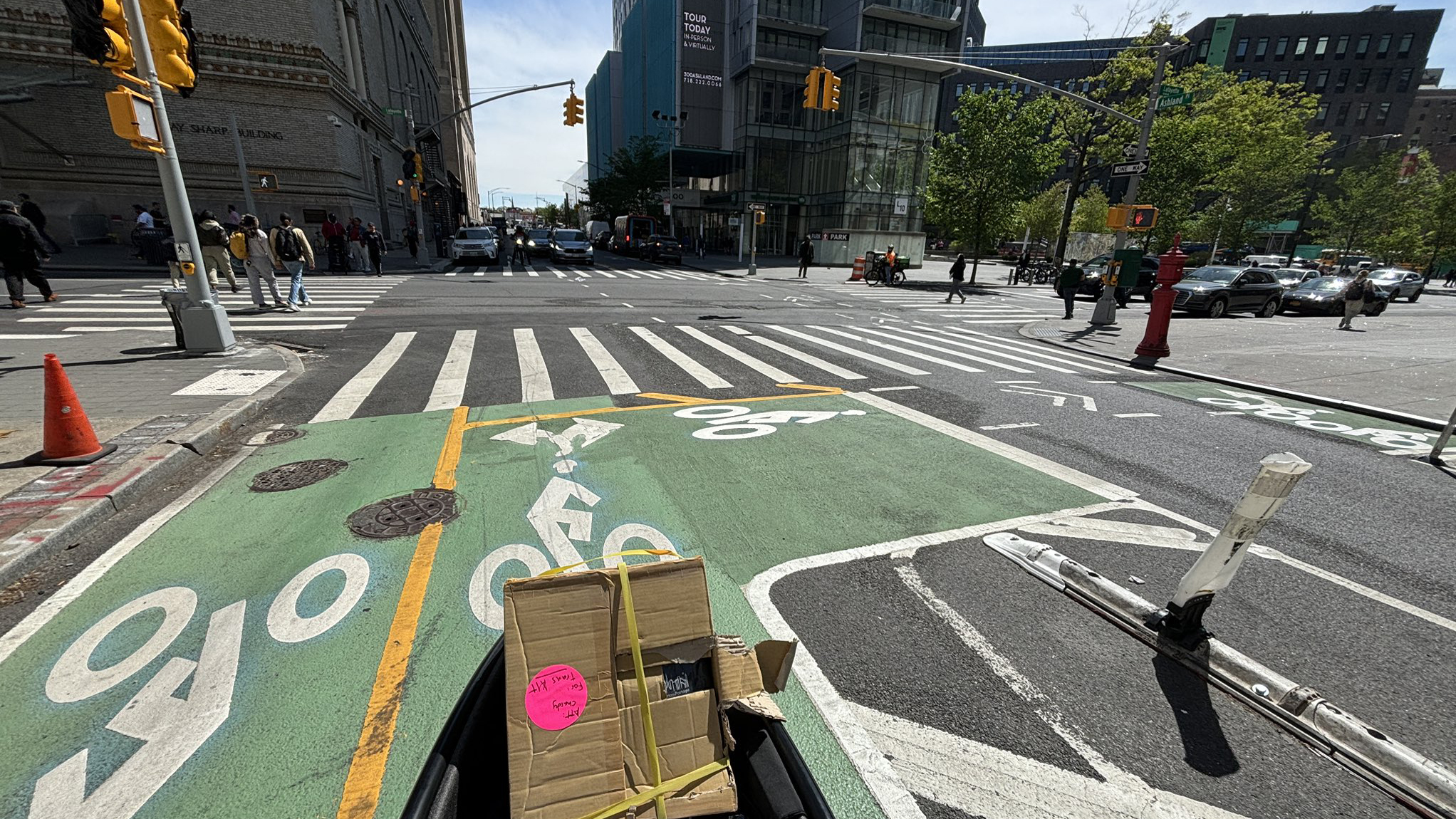Upper West Side City Council Member Gale Brewer introduced legislation today that would restore Central and Prospect Parks to their original car-free status.
Brewer's bill would ban private vehicles from using the park drives in either park; official vehicles would still be allowed to use the roads. Brewer's legislation would also commission a study examining the impact of creating car-free parks on motor vehicle and pedestrian traffic flow and on the environment.
We'll have much more on this new push for car-free parks as it develops, but today it seems worth reminding New York of what car-free parks are really all about. The New York Post, which broke the news of Brewer's bill this morning, says that the bill will "ban cars," "restrict vehicles" and "turn Central Park and Prospect Park into no-drive zones." For them, it's all about what you won't be allowed to do.
A more historical perspective would remember that when Central Park was built in 1859, the automobile hadn't been invented yet (the bicycle hadn't really caught on either). It was only grudgingly allowed into Olmsted's masterpiece forty years later, and even then cars needed a permit to enter, according to Transportation Alternatives. Car-free parks are about restoring space to pedestrians and cyclists, not taking space away from automobiles.
As this decades-long debate kicks back into high gear, here's some more history to keep in mind:
- A car-free Central Park is unbelievably popular. A petition in support of a car-free park was signed by an unprecedented 100,000 people.
- A car-free Central Park also has the support of park administrator Doug Blonsky, the man responsible for running the park.
- Car-free parks wouldn't snarl traffic. One 2008 study by Transportation Alternatives found that Central Park was actually increasing congestion in Harlem, and former Traffic Commissioner Sam Schwartz said that the long-term impact on traffic would be barely measurable.
- The city has been pursuing an incremental approach to re-creating car-free parks for decades. It has consistently cut back the hours in which cars are allowed and closed many park entrances to them. Most recently, the city expanded car-free time in each park in 2007.
- As long as cars are allowed in Central Park sometimes, non-motorized users' experience can be threatened even during car-free hours. Recently, the police department have cracked down on cyclists for not following the traffic signals meant to regulate cars and unilaterally expanded the hours when cars were allowed for the holiday season.





